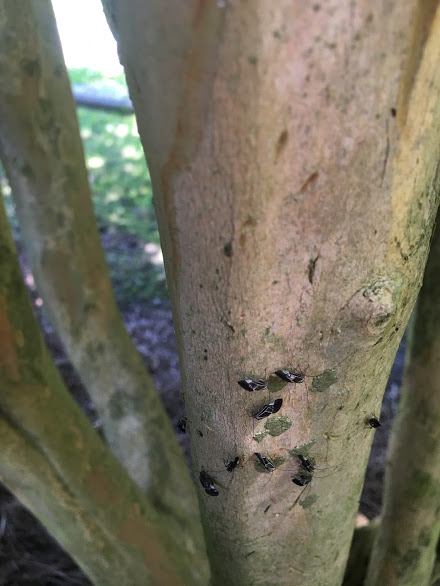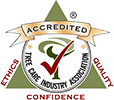Beneficial or Harmful – What is Barklice?

Psocoptera commonly referred to as barklice, are small-brown insects often found webbing in trees. Surprisingly, bark-lice do not have a relation to parasitic lice. In fact, the actual meaning of Psocoptera, pronounced (Pso-COP-ter-a) means “winged insects that gnaw”.
Difficult to spot with the human eye, bark lice live among one another and spin webs that can often have substantial coverage. Growing up to 10mm in length, the tiny insects typically live in wet terrestrial environments such as congested wet leaves and underneath rocks or tree bark. The insects are not parasitic and can be identified by having a pair of wings that are held over the top of the body, similar to a hood.
Home-owners are often alarmed by the appearance of bark-lice congregating and result to spraying the insects with a hose to disturb the colony. The tree dwellers temporarily scatter when disturbed, rejoining again and becoming a herd. With more knowledge about bark lice, an increasing amount of people would welcome the beneficial insects.
In reality, bark-lice are completely unharmful to humans and are truly beneficial for nature. The small to medium confined environments the insects thrive in, allow bark-lice to feed on excess amounts of dead tissue, lichen, algae, and dead insects. In short, think of the scavenger insects as a clean-up crew for tree environments. The lice do not hurt the trees, they simply clean the tree from things they do not need. Since the insects are beneficial, it is suggested to leave the insects alone when spotted.
To present date, we are currently finding bark lice on Cape Myrtles. With more knowledge of bark lice and their benefit of the environment, you can share that these environment cleaning insects are nothing to be alarmed about.

